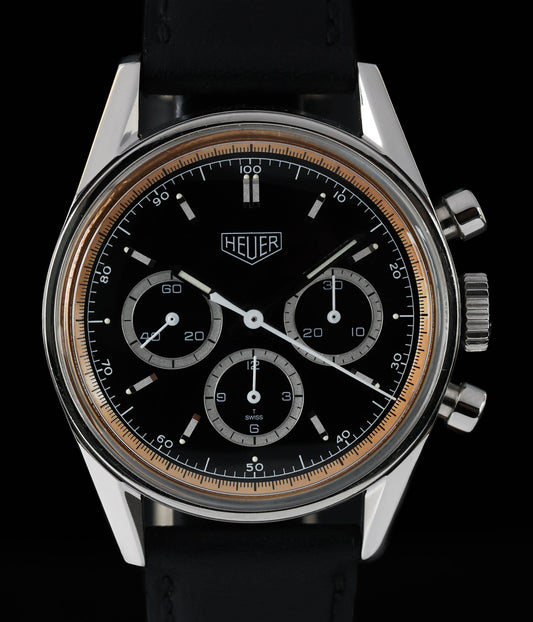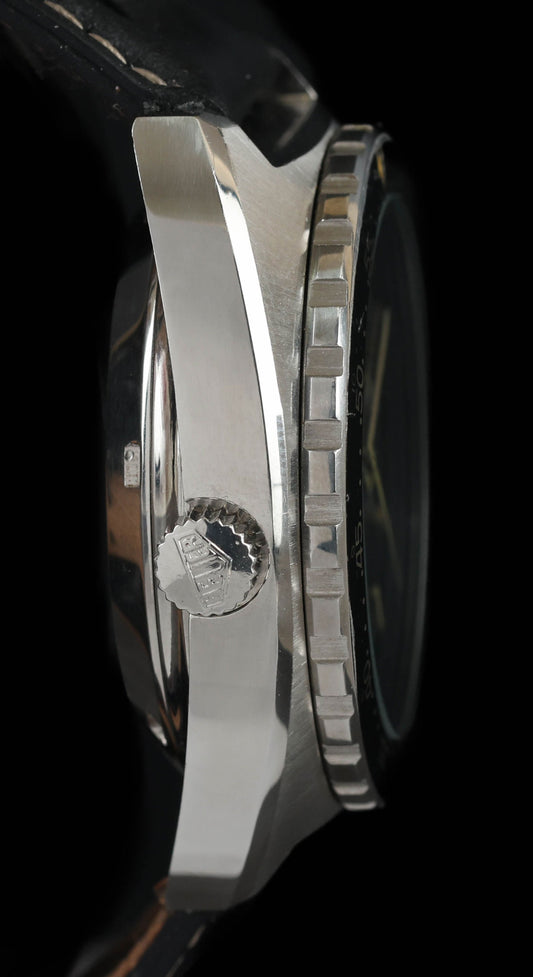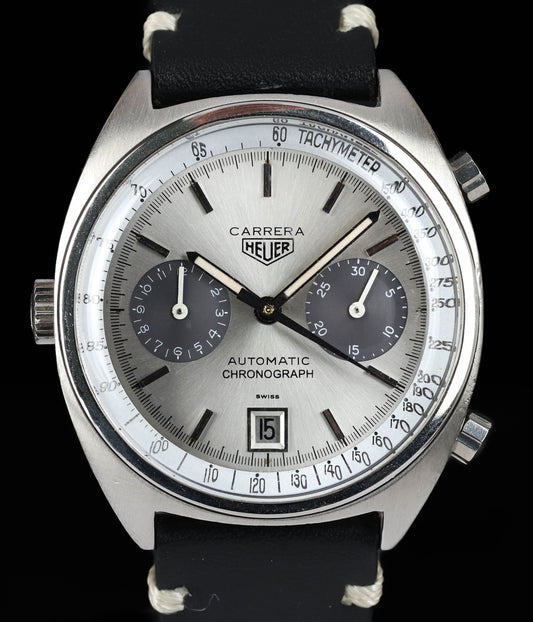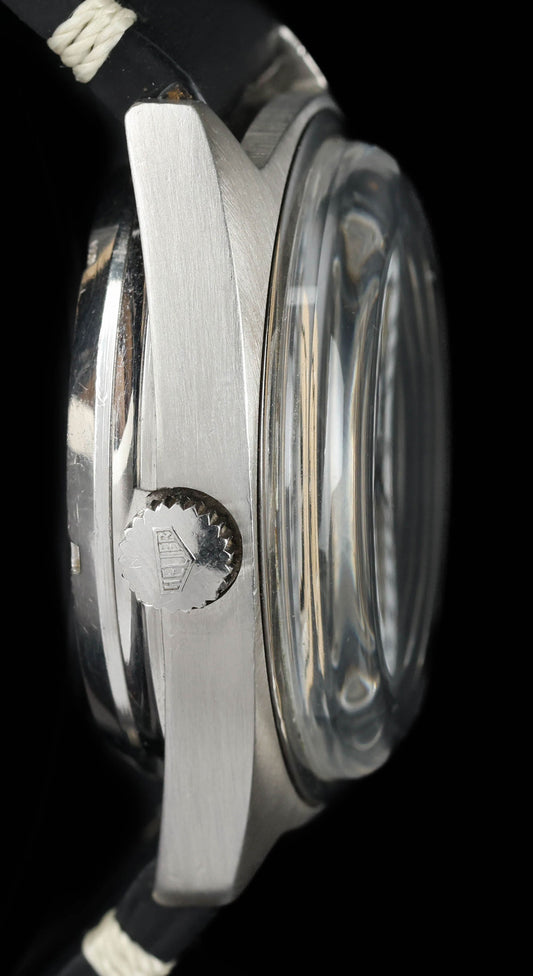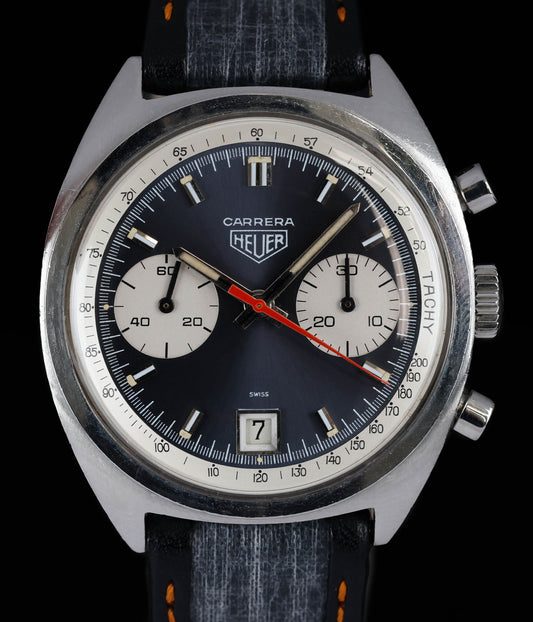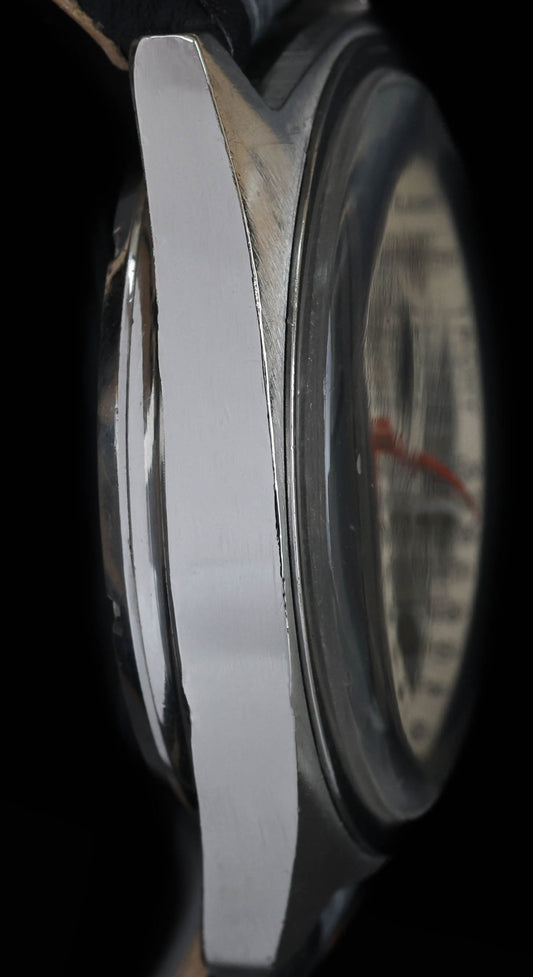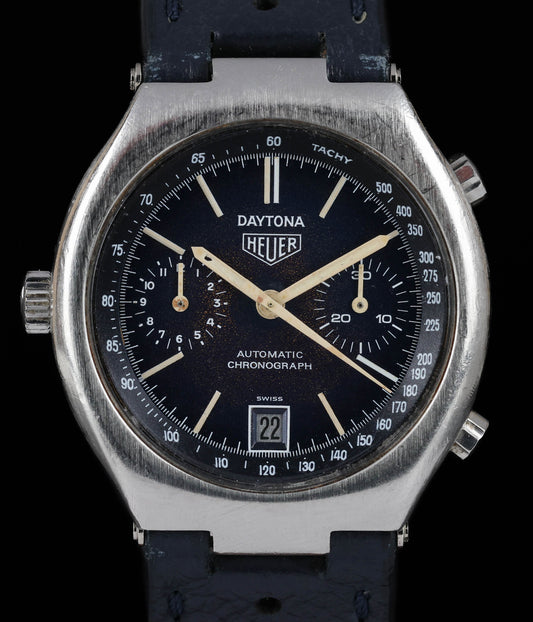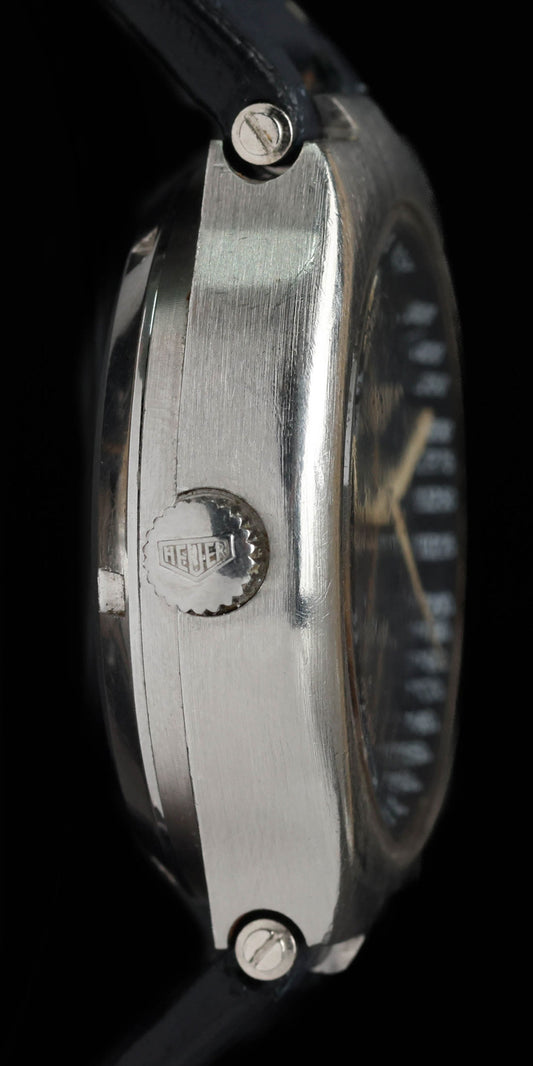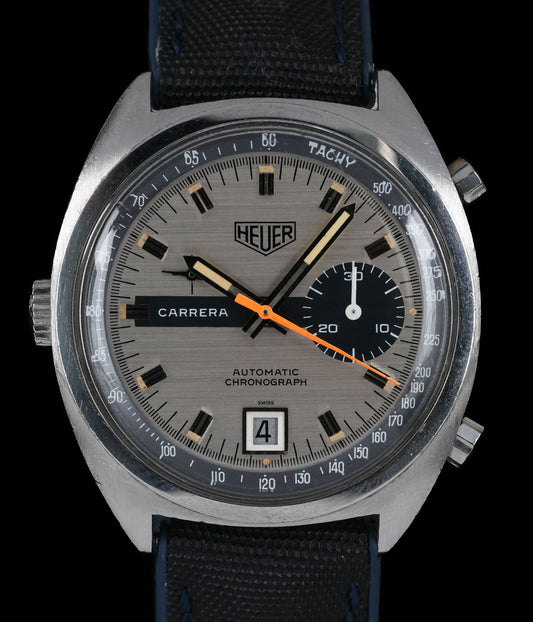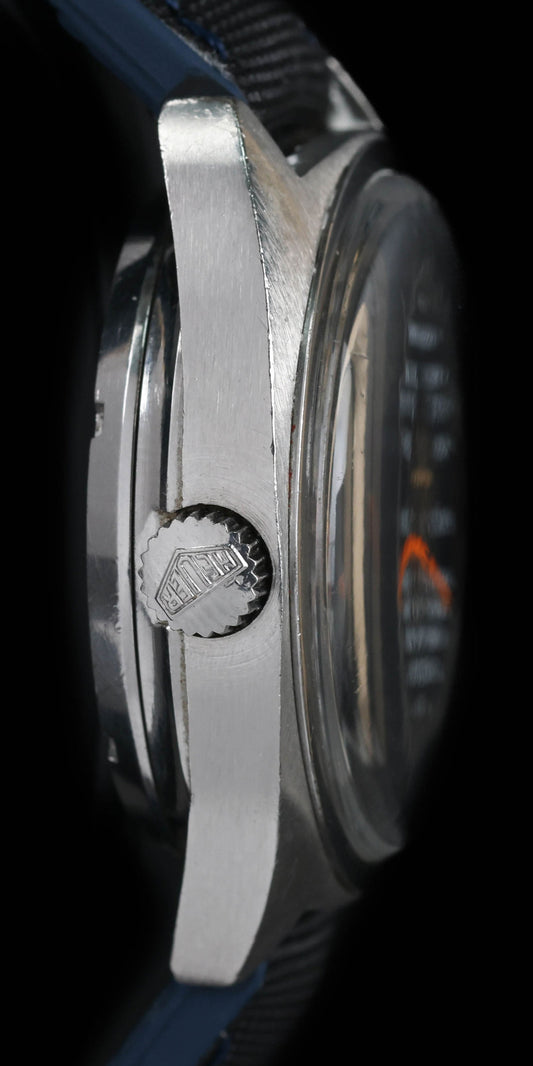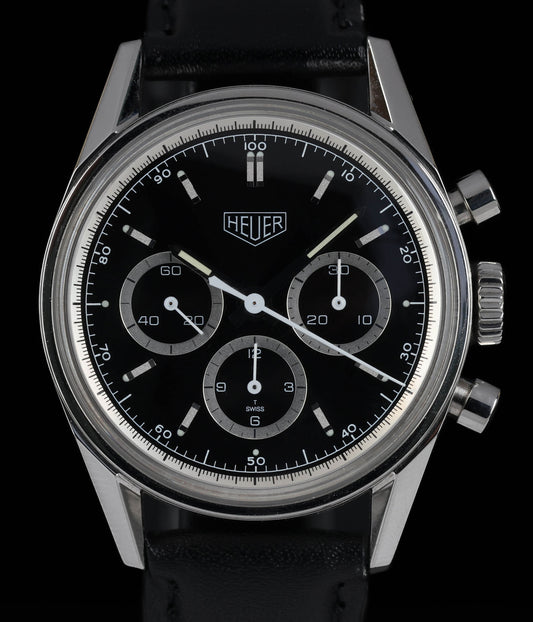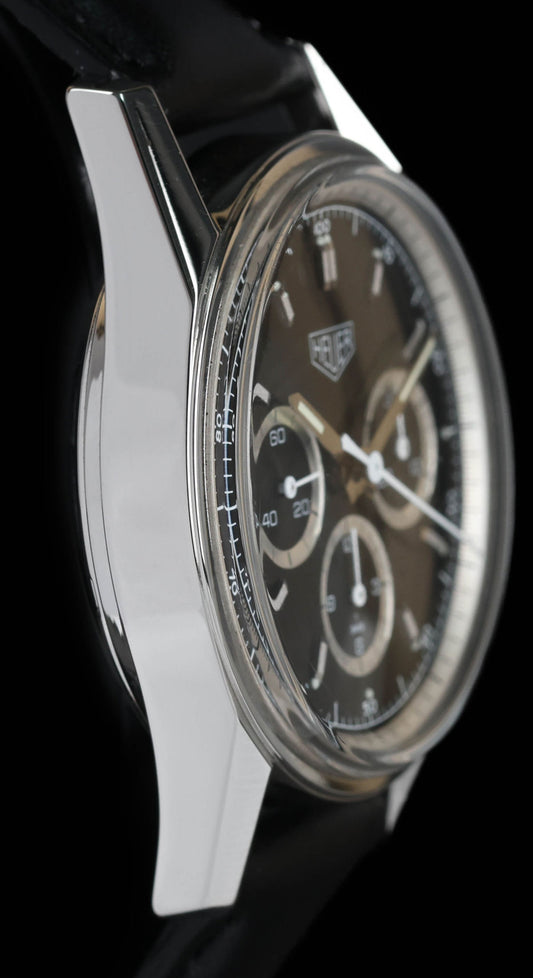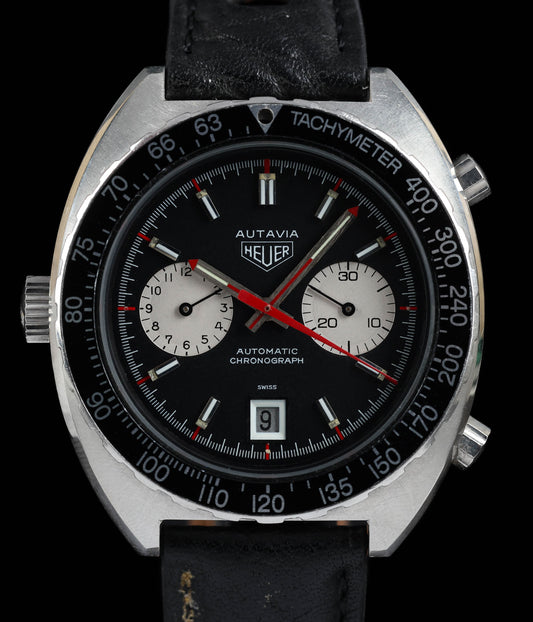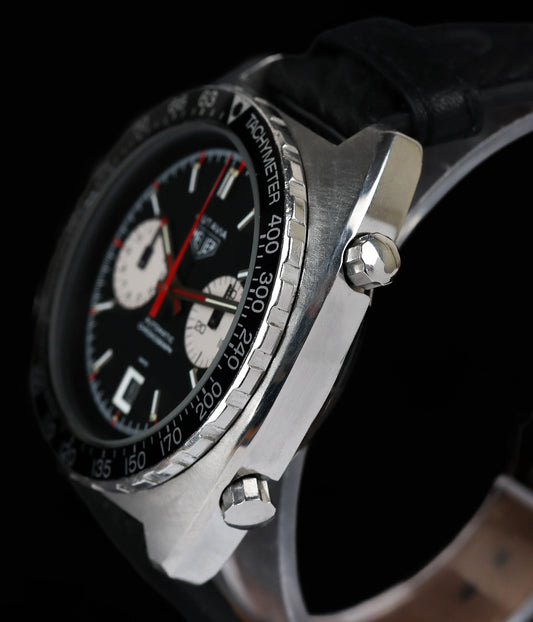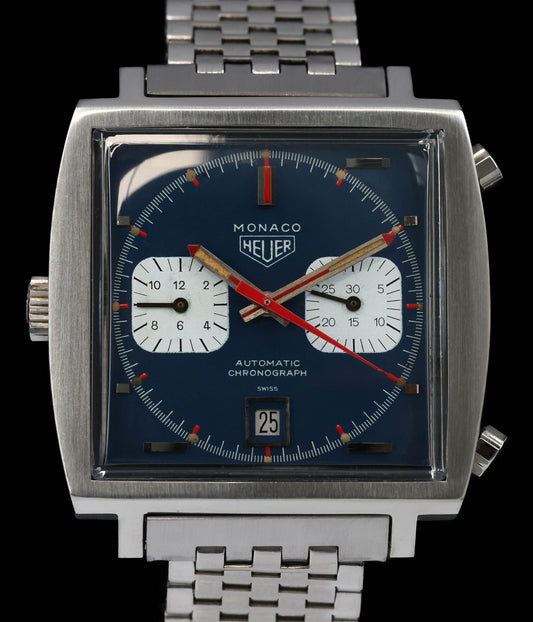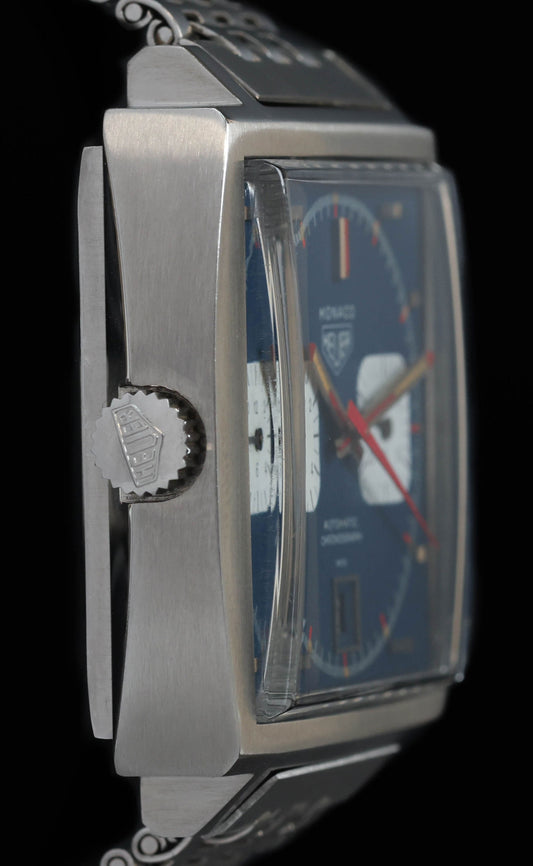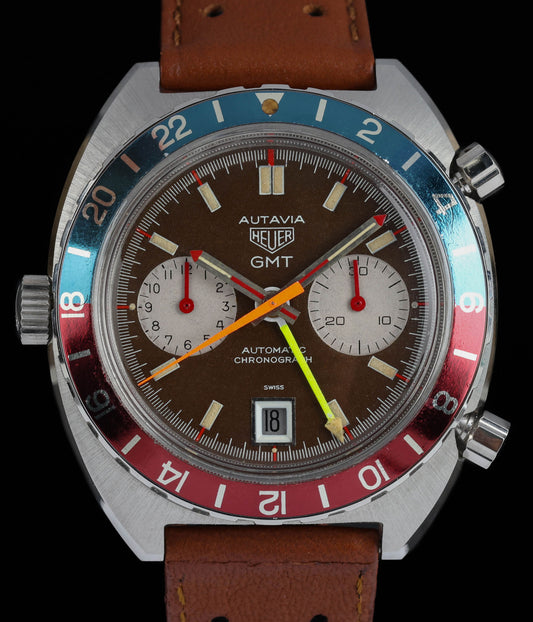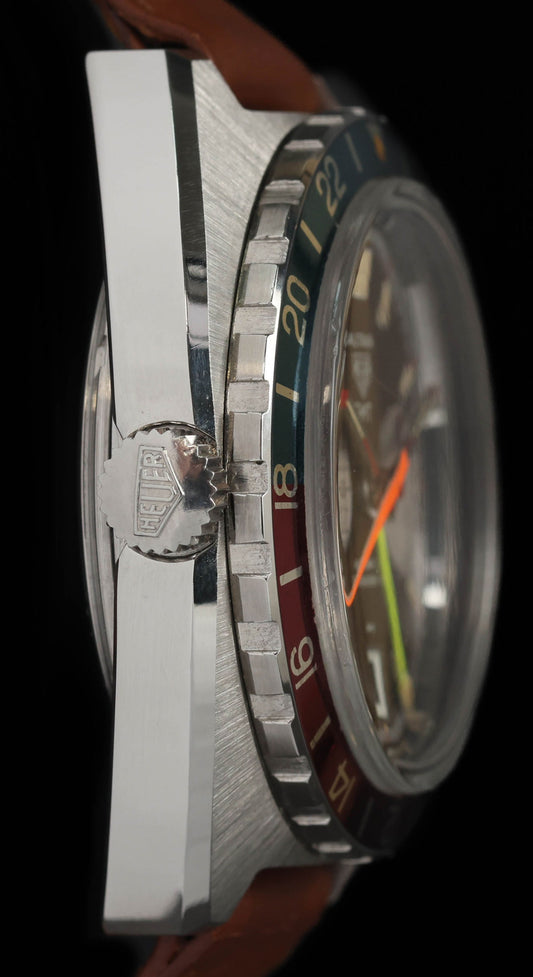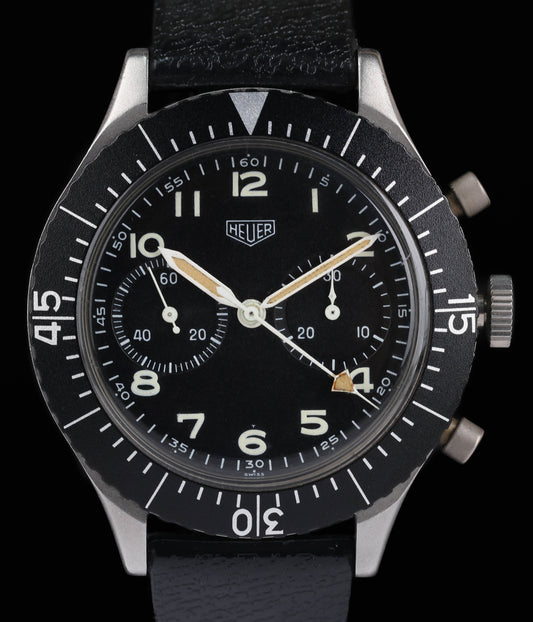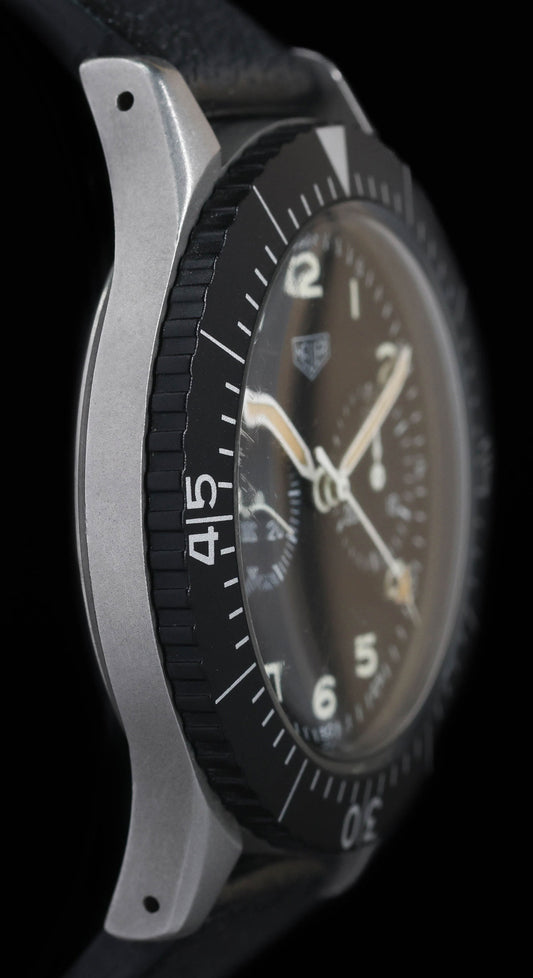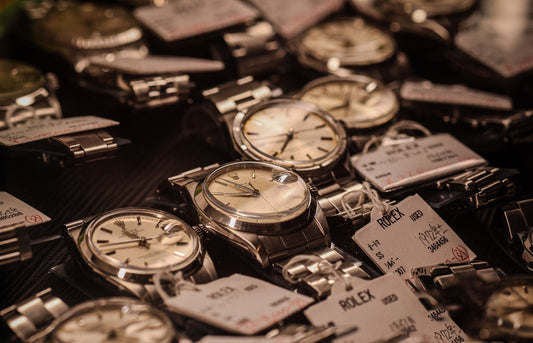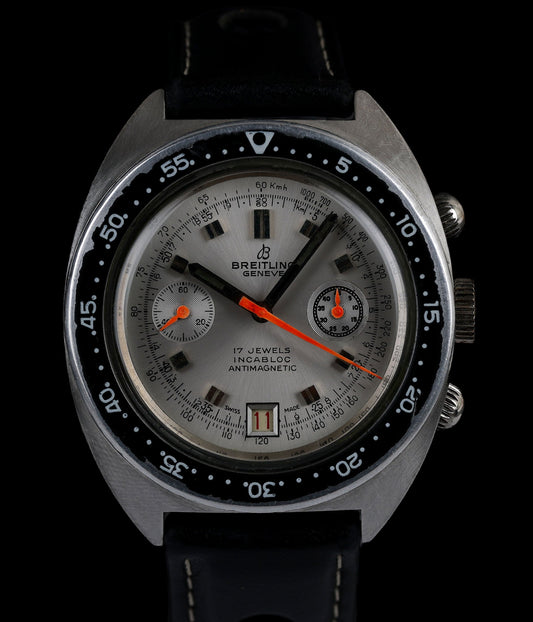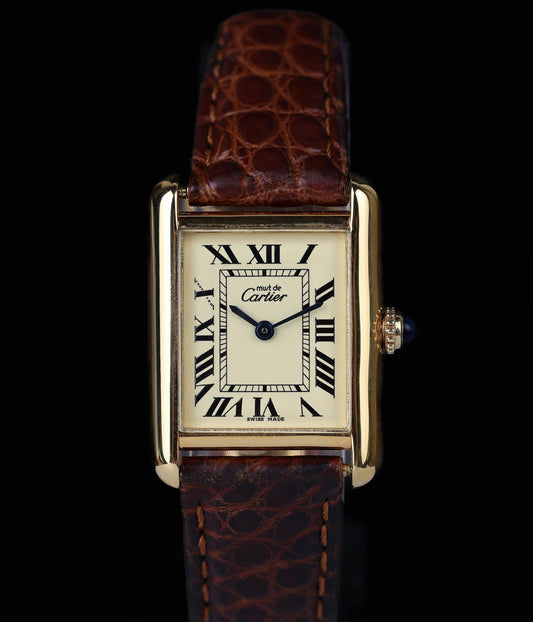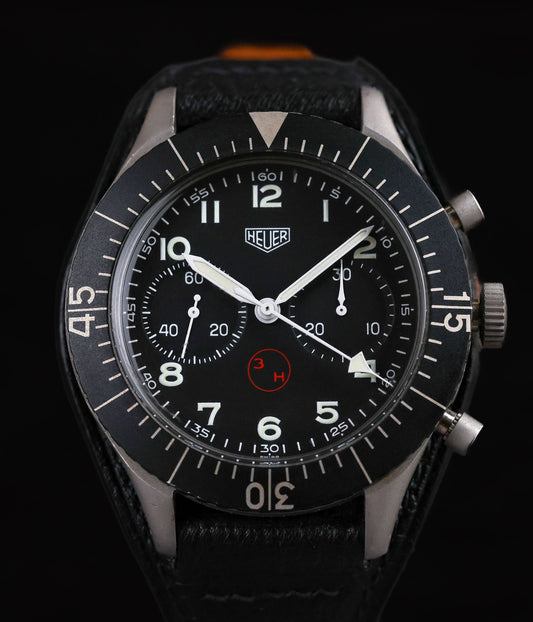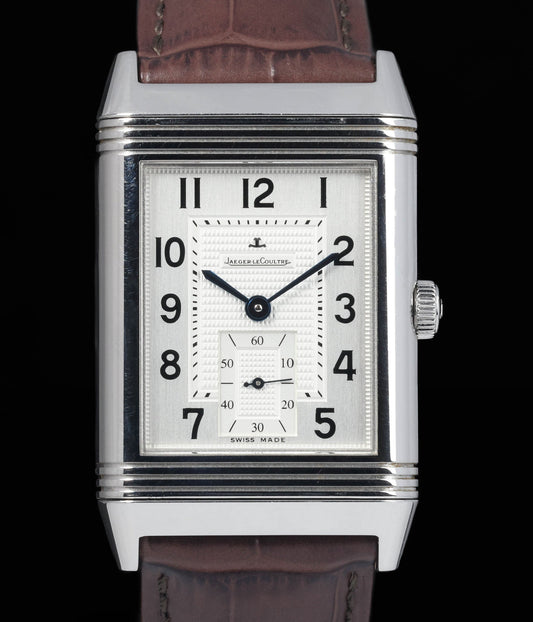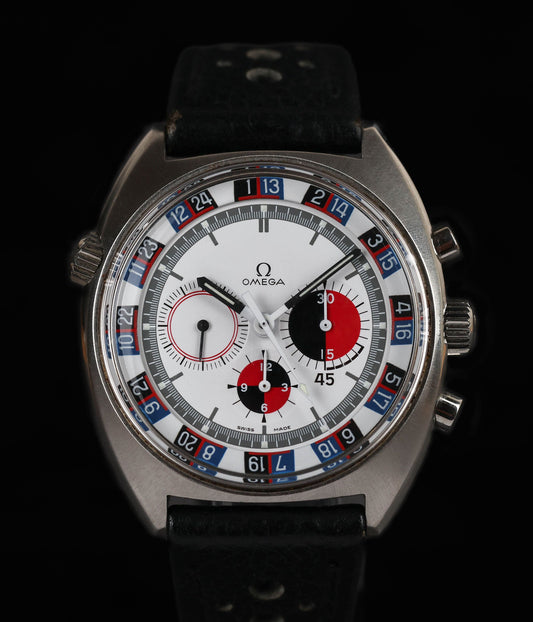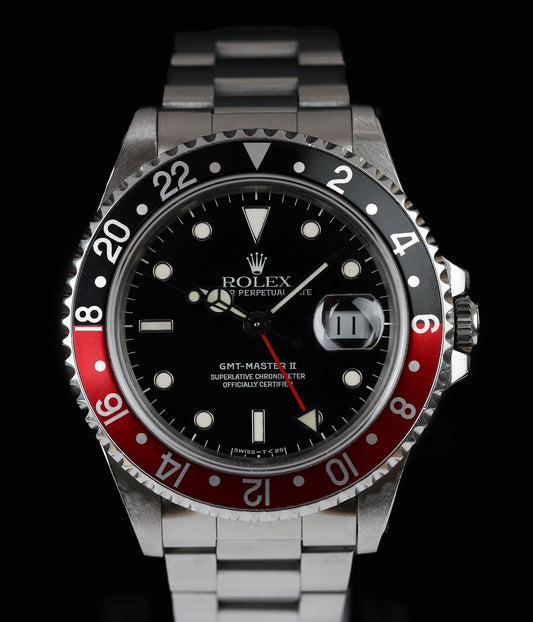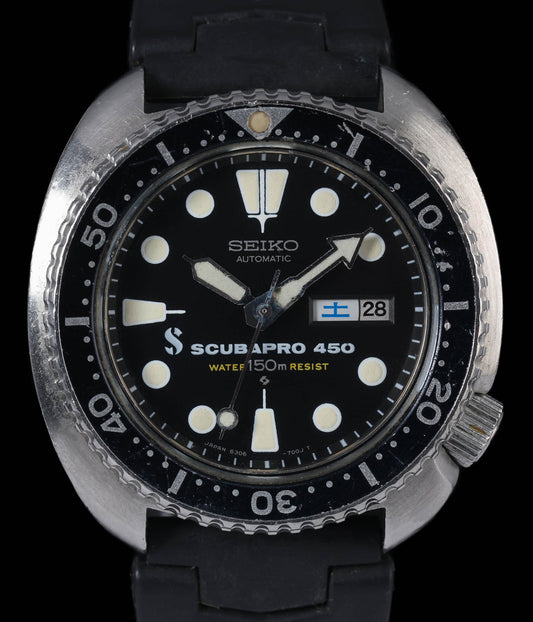Heuer: Vintage and Pre-owned Collection
The story of Heuer watches is one of relentless pursuit of excellence. Founded in 1860 by Edouard Heuer in the Swiss town of Saint-Imier, the brand quickly established itself as a pioneer in watchmaking. From its earliest days, Heuer gained recognition for pushing the boundaries of timekeeping technology, earning patents for groundbreaking inventions like the oscillating pinion in 1887, which remains a standard component in chronographs today. By the mid-20th century, the company had become a trusted name in sports timing, earning a reputation for reliability and accuracy that appealed to professional athletes, aviators, and racing enthusiasts.
In 1962, Jack Heuer, the great-grandson of the founder, took over the family business and brought a fresh perspective to the brand. Having already been involved in the design of the Solunar, the world’s first watch with a tide indicator, Jack was deeply familiar with both the company’s heritage and its potential for innovation. Determined to modernise Heuer and secure its place in a competitive market, he focused on creating timepieces tailored for sports and racing.
One of Jack’s earliest successes was the launch of the Autavia in 1962. Originally designed as a dashboard timer, Jack reimagined it as a wrist-worn chronograph built for professional racers and pilots. It was Heuer’s first chronograph with a name rather than a reference number, and its bold design and legibility made it a favourite among motorsport legends, including Jochen Rindt and Jo Siffert.
In 1963, Jack Heuer followed up with the Carrera, a chronograph inspired by the legendary Carrera Panamericana road race. Designed with racers in mind, the Carrera was defined by its clean, minimalist dial, prioritising legibility over ornamentation. Its elegant yet functional design quickly set it apart from competitors, including the Omega Speedmaster and Rolex Daytona, both released in the same year. The Carrera remains one of the brand’s most iconic models, admired for its simplicity and precision.
Heuer continued to break new ground in the late 1960s. The development of the Calibre 11 in 1969 marked a milestone in watchmaking history, as it was one of the world’s first automatic chronograph movements. This technological breakthrough powered the legendary Monaco, a bold square-cased watch that gained worldwide fame when Steve McQueen wore it in the 1971 film Le Mans. The Monaco’s distinctive design and association with motorsport and Hollywood cemented its status as a cultural icon.
Despite its successes, Heuer faced significant challenges during the Quartz Crisis of the 1970s and early 1980s, when the rise of inexpensive quartz watches disrupted the Swiss watch industry. The company ultimately changed hands, becoming TAG Heuer in 1985 following its acquisition by Techniques d’Avant Garde (TAG).
All our Heuer timepieces have been carefully inspected for authenticity and condition. Whether you're a collector or looking for a timeless piece, this collection offers iconic designs built for precision and performance.

